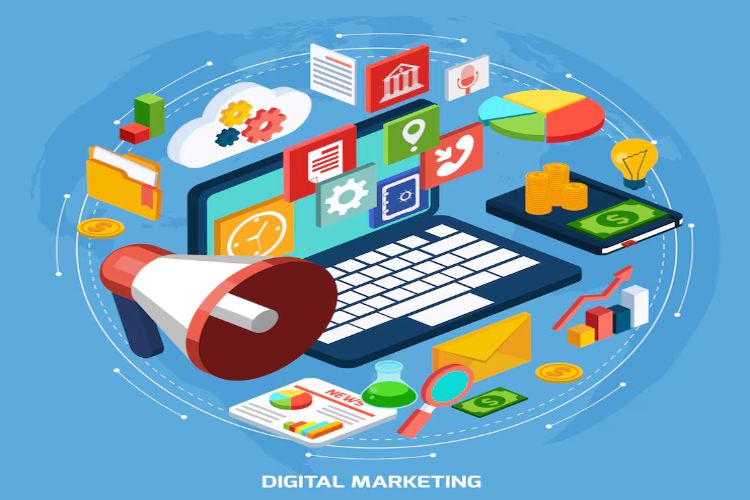Digital Acceleration
Digital Acceleration
Digital Marketing
Digital marketing doesn't have to be daunting. In fact, it's all about leveraging the power of the internet to connect with your audience and grow your business. Here’s a straightforward guide to help you navigate the essentials:
Simply put, digital marketing encompasses all marketing efforts that use electronic devices and the internet. It's how businesses promote their products and services online to reach potential customers.
Key Components of Digital Marketing:
1. Website: Your virtual storefront and the foundation of your online presence. Ensure it’s user-friendly, visually appealing, and optimized for both desktop and mobile devices.
2. Content Marketing: Creating and sharing valuable content (like blogs, videos, infographics) that attracts and engages your target audience. This content should educate, entertain, or solve a problem for your potential customers.
3. Search Engine Optimization (SEO): Optimizing your website and content to rank higher in search engine results. This involves keyword research, meta tags optimization, and improving website performance.
4. Social Media Marketing: Using social media platforms (such as Facebook, Instagram, Twitter) to promote your brand, engage with customers, and drive traffic to your website.
5. Email Marketing: Sending personalized messages and updates to your email subscribers. Effective email marketing nurtures leads and encourages repeat business.
6. Paid Advertising: Running targeted ads on search engines (Google Ads) or social media platforms to reach a specific audience based on demographics, interests, and behaviors.
How to Get Started:
1. Define Your Goals: What do you want to achieve with digital marketing? Whether it’s increasing website traffic, generating leads, or boosting sales, clear goals will guide your strategy.
2. Know Your Audience: Research and understand your target audience's demographics, interests, and online behavior. This knowledge will help you create content and campaigns that resonate with them.
3. Create Compelling Content: Develop content that addresses your audience's needs and interests. It could be blog posts, how-to guides, customer testimonials, or product demonstrations.
4. Optimize for SEO: Use relevant keywords naturally in your content. Optimize meta descriptions, headers, and URLs. Ensure your website loads quickly and is mobile-friendly.
5. Engage on Social Media: Choose platforms where your audience is most active. Share your content, interact with followers, and participate in discussions to build relationships.
6. Measure Success: Use analytics tools (like Google Analytics, social media insights) to track your efforts. Monitor metrics such as website traffic, engagement rates, and conversion rates to gauge performance.
Stay Updated and Adapt:
Digital marketing is dynamic and constantly evolving. Stay informed about industry trends, algorithm changes, and new tools. Adapt your strategies based on data and insights to optimize your results over time.
Conclusion:
Digital marketing is accessible to businesses of all sizes and industries. By understanding the basics and implementing these strategies step-by-step, you can effectively grow your online presence, connect with your target audience, and achieve your business objectives. Start small, learn from your efforts, and embrace the opportunities that digital marketing offers in today's digital age.

Digital Acceleration
